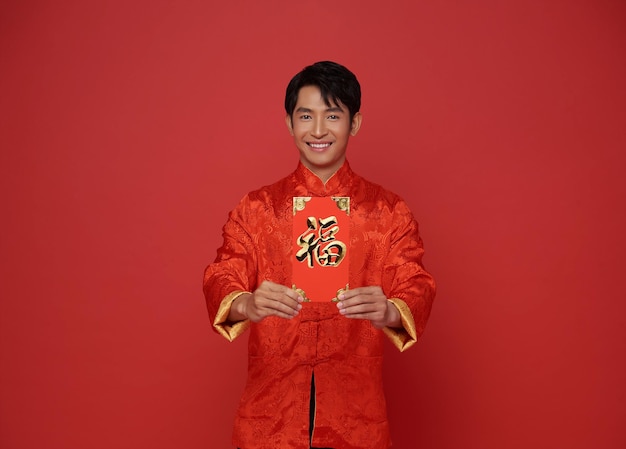Facts about Chinese New Year

Chinese New Year, also known as Spring Festival, is the most important traditional holiday in China.
It is based on the lunar calendar and usually falls between January 21 and February
3. Chinese New Year celebrations last for 15 days, ending with the Lantern Festival.
Each year corresponds to one of the 12 Chinese zodiac signs, with 2022 being the Year of the Tiger.
The Chinese zodiac follows a 12-year cycle, with each year named after an animal.
Red is the dominant color during Chinese New Year, symbolizing good luck and happiness.
Firecrackers are a traditional part of Chinese New Year celebrations, believed to scare away evil spirits.
The Chinese New Year’s Eve dinner, called Reunion Dinner, is an important family gathering.
Dumplings, symbolizing wealth and good fortune, are a popular food during Chinese New Year.
The Chinese character 福 (fú) meaning blessing or fortune, is often seen displayed upside-down during the festival for good luck.
Chinese people clean their homes before Chinese New Year to sweep away bad luck and make room for good fortune.
Lion and dragon dances are performed during Chinese New Year, believed to bring blessings and drive away evil spirits.
The Spring Festival Gala is a major televised event watched by millions of people on Chinese New Year’s Eve.
Red envelopes, called hongbao, containing money are given as gifts during Chinese New Year.
Facts about Chinese New Year part 2
The Lantern Festival on the 15th day marks the end of Chinese New Year celebrations.
The annual CCTV New Year’s Gala is the most-watched television program in China during Chinese New Year.
Chinese New Year is celebrated not only in China but also by Chinese communities worldwide.
It is a time for families to come together, exchange gifts, and honor ancestors.
Many people in China travel long distances to be with their families during Chinese New Year, causing the largest annual human migration.
The Spring Festival couplets, featuring poetic phrases written on red paper, are hung on doors for blessings and protection.
Chinese New Year signifies a fresh start and an opportunity to set new goals and resolutions.
Giving out oranges during Chinese New Year symbolizes wealth and good luck.
Nian Gao, a sticky rice cake, is a popular Chinese New Year treat.
The Lantern Festival features beautiful lantern displays and the release of sky lanterns.
Chinese New Year celebrations are known for spectacular fireworks displays.
The color gold is associated with wealth and is commonly used in decorations during Chinese New Year.
Traditional Chinese performances like acrobatics, traditional music, and martial arts are common during this festival.
Chinese New Year celebrations in different regions of China may vary in customs and traditions.
The lanterns used during the Lantern Festival symbolize the lighting of the way into the future.
Each year, various cities in China hold traditional temple fairs during Chinese New Year.
The Chinese character 春 (chūn) meaning spring, is often displayed during Chinese New Year, representing new beginnings.
The official holiday for Chinese New Year lasts three days in mainland China.
The Chinese New Year parade in Chinatowns around the world has become a popular event, attracting both locals and tourists.
The practice of lighting firecrackers dates back thousands of years and is believed to have started as a way to scare away a mythical beast called Nian.
Chinese New Year greetings often include sayings such as Xīnnián kuàilè meaning Happy New Year and Gōng xǐ fā cái meaning May you be prosperous.
The Year of the Rat is considered to be particularly lucky for those born in that year, as rats are seen as clever and resourceful.
Chinese New Year is a time for young people to visit their elders and pay respects.
Children receive lucky money in red envelopes during Chinese New Year, usually from older family members.
The 15th day of the first lunar month is also known as the Lantern Festival and marks the first full moon of the new year.
It is believed that wearing new clothes during Chinese New Year brings good fortune.
Many Chinese families engage in the tradition of shou sui, staying up late on Chinese New Year’s Eve to greet the arrival of the new year.
The Chinese New Year festival celebrates the end of winter and the arrival of spring.
Traditional lion and dragon dances are performed to the beat of drums and cymbals, believed to ward off evil spirits.
The Chinese New Year holiday is an opportunity for people to relax, enjoy festive food, and take a break from work or school.
Chinese New Year celebrates the concept of renewal, with the hope for a prosperous and fulfilling year ahead.

